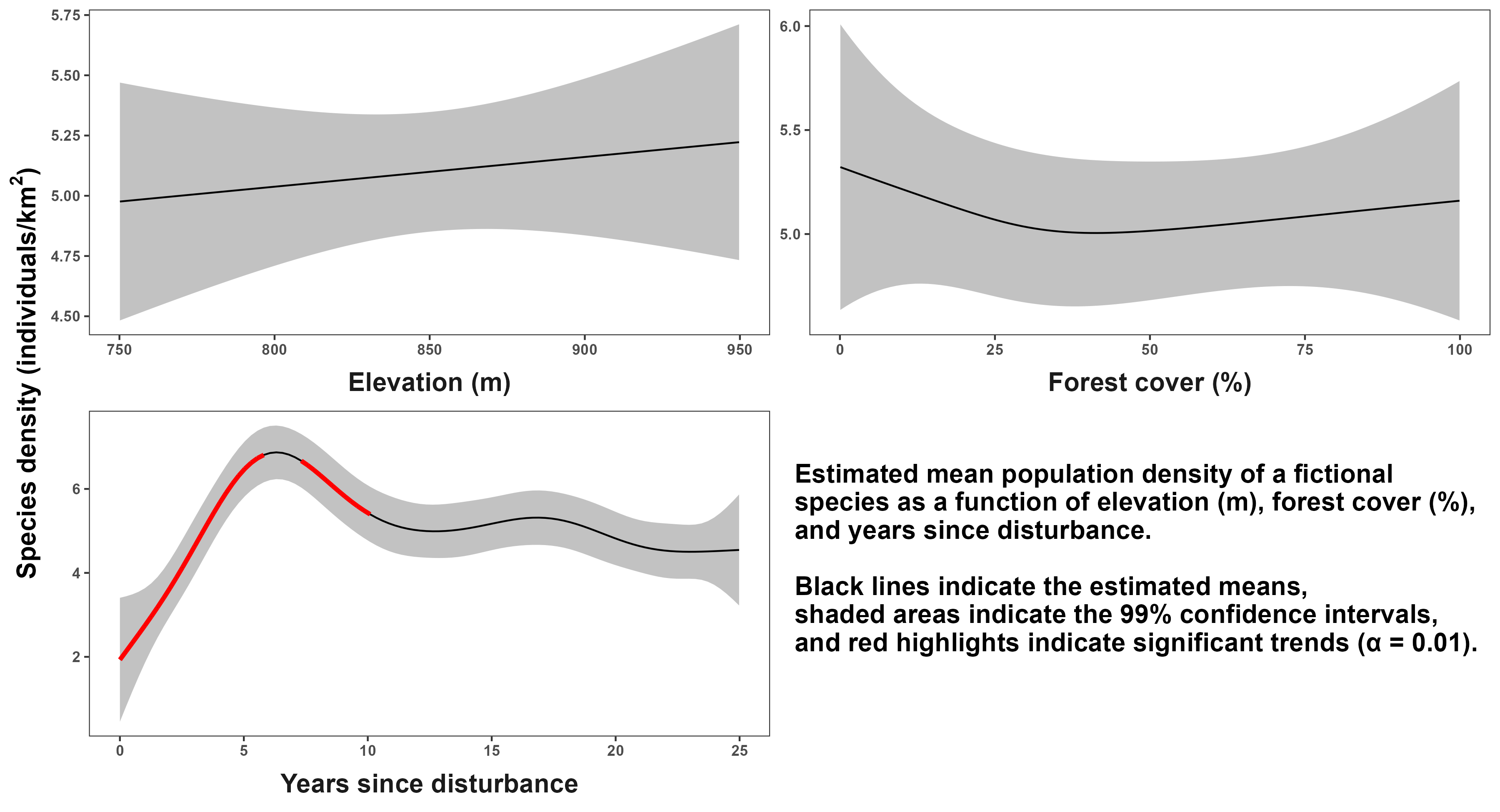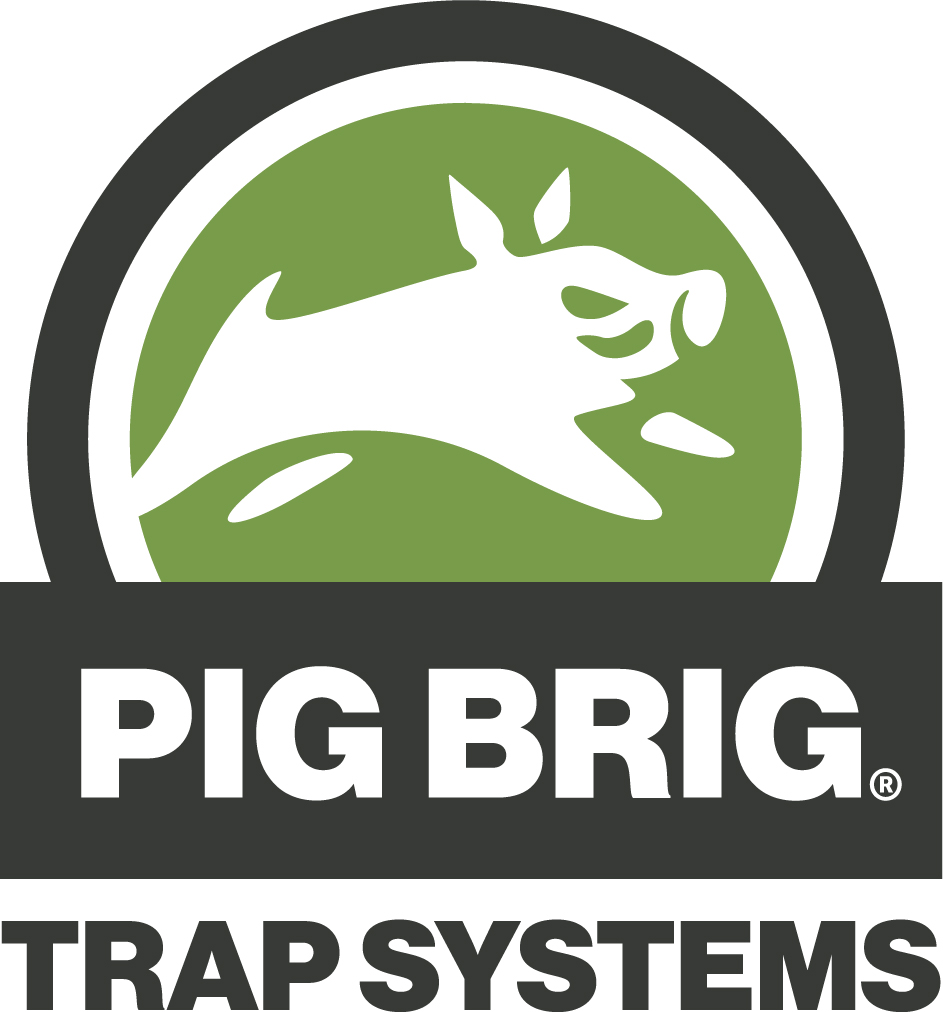Time Series Trend Analysis and Quantitative Environmental Impact Assessments
- Start Date: January 27, 2026
- End Date: February 24, 2026
- Time: 9am-12pm. Pacific Time.
- City: Online via Zoom
- Instructor: Stefano Mezzini
- Course delivered via three-hour online sessions over five Tuesday mornings, plus optional take-home work between each session
Course description
 Environmental Impact Assessments aim to determine the risk of environmental effects during and after the development of a new project. Statistical modeling allows analysts to estimate the effects the project will have and what measures can reduce or remove any adverse impacts. However, the results from statistical analyses are often not conveyed in clear and accessible ways, and they often focus on significance rather than biological relevance or risk.
Environmental Impact Assessments aim to determine the risk of environmental effects during and after the development of a new project. Statistical modeling allows analysts to estimate the effects the project will have and what measures can reduce or remove any adverse impacts. However, the results from statistical analyses are often not conveyed in clear and accessible ways, and they often focus on significance rather than biological relevance or risk.
Trends over time are often estimated using statistical methods such as linear regression and non-parametric regression, but such models assume linear trends over time and can fail to disentangle trends from noise and autocorrelation. Generalized Additive Models (GAMs) allow analysts to detect nonlinear trends while allowing trends to be nonlinear yet understandable by a broad audience when presented in an accessible manner. This course will teach participants how to fit and interpret Generalized Additive Models and how to share results in simple and clear ways that are understandable by decision-makers, stakeholders, and the general public.
Course outline
This course will be delivered via three-hour online sessions over five Tuesday mornings, plus optional take-home work between each session. Note that attendees are encouraged to bring their own research questions, but we will not be able to address specific questions about data due to data sensitivity and time limitations. That said, Stefano will be available for one-on-one consultations to address any questions that attendees may have.
Day 1. Jan 27
Review of core statistical concepts: populations, samples, sample statistics, estimates, uncertainty (standard deviation, variance, standard error), confidence intervals, p-values, bias, precision, accuracy, power, hypothesis testing, statistical significance vs biological relevance, dealing with missing data.
Introduction to (linear) trend detection: fitting linear models (ANOVA, ANCOVA), signal vs error, predicting with LMs, limitations of linear models, polynomial models, interaction terms.
Day 2. Feb 3
Introduction to nonlinear trend detection: Part I: moving beyond Gaussian (Normal) data, link functions, fitting Generalized Linear Models, model diagnostics, limitations of GLMs.
Part II: fitting Generalized Additive Models, interpreting nonlinear terms, selecting model complexity, modeling seasonal and daily trends, model diagnostics.
Day 3. Feb 10
Applications of GAMs: plotting model terms, interpreting significance in GAMs, predicting with GLMs/GAMs, interpreting credible intervals in mgcv, creating publication-level figures, distinguishing noise from trend, deciding sampling frequency before data collection.
Day 4. Feb 17
Interpreting nonlinear models: detecting periods of statistically significant change, choosing how many years to monitor, estimating probability of surpassing a threshold, predicting beyond the range of available data.
Day 5. Feb 24
Hierarchical Generalized Additive Models: modeling data from multiple sites/individuals, random vs fixed effects, modeling large amounts of data.
Interpreting HGAMs: experimental design and inference (BACI design, control and treatment sites), interpreting random vs fixed effects, predicting out of sample, forecasting.
The Student Page will be linked to here. The Student Page is here. This page is password protected and provides students with easy access to all course materials needed including class recordings for a limited period of time.. This page is password protected and provides students with easy access to all course materials needed including course recordings for a limited period of time.
Who should take this course?
This course is aimed at early-stage professionals or professionals looking to refresh and expand their skills, recent university or college graduates, and graduate students.
Prerequisites knowledge
- Basic proficiency with R >= 4.4.0 and RStudio.
- A basic understanding of the statistical concepts listed in the review part of the course objectives is reccommended
Our instructor
Stefano Mezzini has almost a decade of experience in statistical modeling, including paleoecological time series, water quality time series, and animal tracking data. He is a supporter of open science, shares his research via GitHub and is celebrated for his teaching and communication skills. Stefano holds a BSc Hons. in Biology and a BSc in Statistics, and he is expected to defend his PhD in Biology in fall of 2025. He welcomes registrants to reach out with any questions about course material or beyond. You can contact Stefano via mezzini.stefano@gmail.com
Preparation and what to bring
R version >= 4.4.0 and RStudio already downloaded onto the computer you’ll be using for the course
tidyverse (version ≥ 2.0.0)
Packages: mgcv (v. ≥ 1.9.1), gratia (v ≥ 0.10.0). See here
Zoom. Follow that links for info on system requirements
A good internet connection, microphone, and webcam. Two computer monitors are suggested
Registration
Registration includes workshop materials accessible via GitHub and course recordings for up to 2 months time.
Members: $470*
Non-members: $525
*Memberships can be purchased and renewed while you register. More info about memberships here.
Note: When registration fills you may request to be placed on the notification list should an extra seat open up in the course, and/or to be notified of the next time we offer this course. To join this list, please email Hailey: office@cmiae.org
 Bursary opportunity!
Bursary opportunity!
Thanks to the generous support of Pig Brig we are able to offer a bursary to Indigenous community members and individuals working for Indigenous organizations. Pig Brig are at the forefront of addressing the many concerns around the spread of invasive feral pig populations in North America, and beyond. For more information, contact office@cmiae.org

